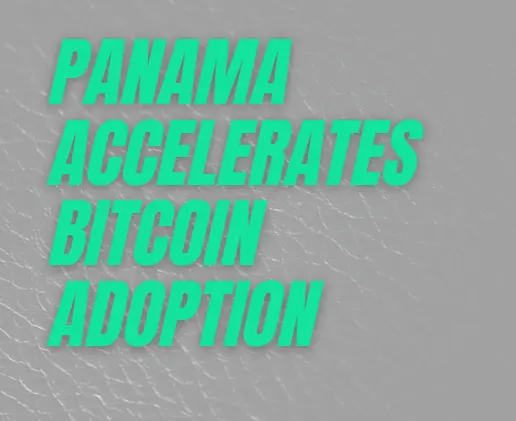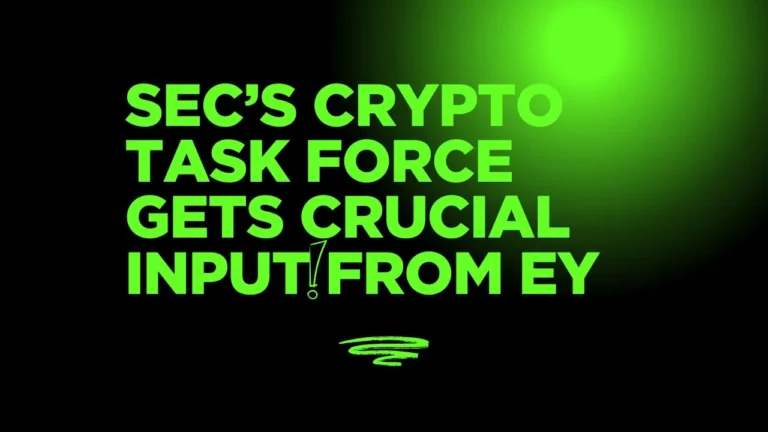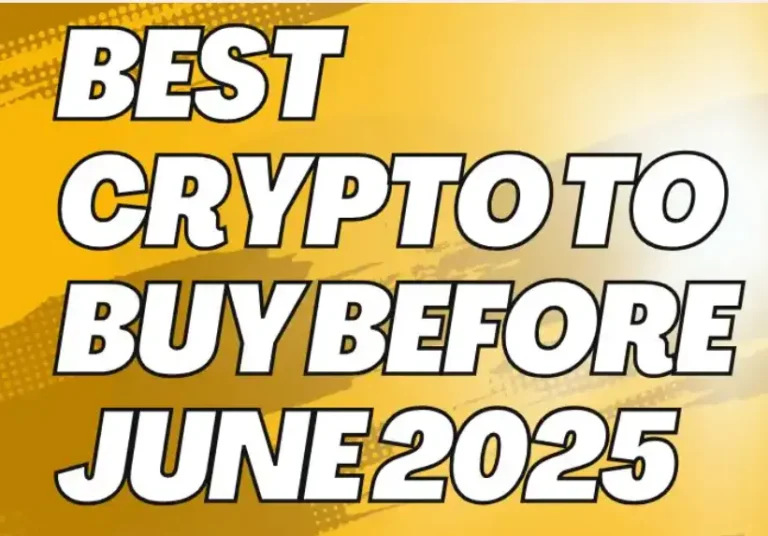Nasdaq Push for XRP and Litecoin ETFs
The cryptocurrency market is buzzing with excitement as Nasdaq seeks approval from the U.S. Securities and Exchange Commission (SEC) to list exchange-traded funds (ETFs) for XRP and Litecoin. These filings, submitted on February 10, 2025, mark a significant step toward integrating these altcoins into traditional finance. This article explores the funding structure, SEC approval process, current status, and the potential of XRP and Litecoin ETFs, providing investors with a comprehensive overview of these developments.
Introduction to Nasdaq’s ETF Filings
Nasdaq, a leading U.S. stock exchange, has filed 19b-4 forms with the SEC to list and trade shares of the CoinShares XRP ETF and CoinShares Litecoin ETF. These filings follow CoinShares’ S-1 applications in January 2025, reflecting growing institutional demand for crypto-focused investment products. The proposed ETFs aim to track the Compass Crypto Reference Index for XRP and a similar index for Litecoin, allowing investors to gain exposure to these cryptocurrencies through traditional brokerage accounts.
Why XRP and Litecoin?
XRP and Litecoin are among the most established cryptocurrencies, with significant market caps and distinct use cases:
XRP: The sixth-largest cryptocurrency by market cap ($151 billion as of February 2025), XRP powers Ripple’s cross-border payment network, offering fast and cost-effective transactions.
Litecoin: Ranking 15th with a $10.3 billion market cap, Litecoin is often called the “silver to Bitcoin’s gold,” designed for faster transactions and lower fees.
Suggested Image 1: A bar chart comparing the market caps of XRP ($151 billion) and Litecoin ($10.3 billion) against Bitcoin and Ethereum, sourced from CoinMarketCap data, with a clean, professional design and labeled axes. Include a caption: “Market Capitalization of XRP and Litecoin vs. Top Cryptocurrencies (February 2025).”
Funding Plan for XRP and Litecoin ETFs
The CoinShares XRP and Litecoin ETFs are structured as Delaware Statutory Trusts, established on December 10, 2024. Here’s how the funding and operational structure works:
Sponsor: CoinShares, a leading European digital asset investment firm, acts as the sponsor, overseeing the ETFs’ operations.
Trustee: CSC Delaware Trust Company serves as the trustee for both ETFs, ensuring compliance with regulatory requirements.
Custodians: While specific custodians for CoinShares’ ETFs are undisclosed, similar filings (e.g., Canary Capital’s Litecoin ETF) use Coinbase Custody Trust Company and BitGo Trust Company for secure asset storage.
Share Creation/Redemption: Only authorized investors can create or redeem shares in blocks of 5,000, ensuring liquidity and institutional participation.
Passive Trusts: The ETFs will hold XRP and Litecoin assets (plus cash) and track their respective Compass Crypto Reference Indexes, minimizing active management costs.
Funding Outlook: If approved, these ETFs could attract significant institutional capital. JPMorgan estimates $3–8 billion in first-year inflows for XRP ETFs, potentially increasing XRP’s market cap by $200 billion. Litecoin ETFs, while smaller in scope, could see inflows of $1–3 billion due to their commodity status and lack of regulatory hurdles.
Suggested Image 2: A flowchart illustrating the ETF funding structure, showing CoinShares as the sponsor, CSC Delaware as the trustee, and custodians holding XRP/Litecoin assets. Include arrows indicating share creation/redemption by authorized investors. Caption: “Funding Structure of CoinShares XRP and Litecoin ETFs.”
SEC Approval Process and Current Status
The SEC’s review process for ETFs is rigorous, involving two key steps:
S-1 Filings: Submitted by the issuer (CoinShares) to register the securities.
19b-4 Filings: Submitted by the exchange (Nasdaq) to propose rule changes for listing and trading.
Current Status
Filing Date: Nasdaq submitted 19b-4 forms for both ETFs on February 10, 2025. The SEC acknowledged these filings on February 19, 2025, initiating a 21-day public comment period.
Review Timeline: The SEC has up to 240 days to decide, with potential deadlines extending to October 2025 for XRP and May 13, 2025, for Litecoin (following a delay from March 29, 2025).
Approval Odds:
Litecoin ETF: Bloomberg analysts estimate a 90% chance of approval by mid-2025, as Litecoin is classified as a commodity and faces no significant regulatory issues.
XRP ETF: Approval odds are lower at 65–78%, per Bloomberg and Polymarket, due to ongoing regulatory uncertainty from the SEC’s lawsuit against Ripple Labs.
Regulatory Shift: The SEC’s new chair, Paul Atkins, appointed under the crypto-friendly Trump administration, is expected to expedite approvals compared to Gary Gensler’s tenure. The SEC’s decision to drop its appeal in the Ripple case (October 2024) further boosts XRP’s prospects.
Suggested Image 3: A timeline graphic showing key dates in the SEC approval process: January 2025 (S-1 filings), February 10, 2025 (19b-4 filings), February 19, 2025 (SEC acknowledgment), and projected decision dates (May 13, 2025, for Litecoin; October 2025 for XRP). Caption: “SEC Approval Timeline for XRP and Litecoin ETFs.”
Potential of XRP and Litecoin ETFs
XRP ETF Potential
Market Impact: An approved XRP ETF could drive significant institutional adoption, with JPMorgan predicting $8 billion in inflows, potentially pushing XRP’s price to $6–$13 by 2026. Analysts like Dark Defender forecast $8–$13 in the current cycle, with long-term projections reaching $7.50 by 2035.
Use Case: XRP’s role in Ripple’s RippleNet for cross-border payments makes it attractive to financial institutions. Partnerships with banks globally enhance its utility.
Challenges: The SEC’s lawsuit against Ripple, despite a 2023 ruling that programmatic XRP sales are not securities, poses risks. The SEC’s appeal on institutional sales (with a $125 million fine) could delay approval.
Global Precedent: Brazil’s approval of a Hashdex XRP ETF sets a positive example, but the U.S. market’s larger size makes its approval critical.
Litecoin ETF Potential
Market Impact: With a 90% approval probability, a Litecoin ETF could launch by mid-2025, attracting $1–3 billion in inflows. Litecoin’s price, currently around $110, could see a 20–30% surge post-approval, though its smaller market cap limits its upside compared to XRP.
Use Case: Litecoin’s fast transaction speeds (four times faster than Bitcoin) and low fees make it ideal for everyday transactions. Its commodity status ensures regulatory clarity.
Advantages: Litecoin’s lack of SEC scrutiny and its similarity to Bitcoin (as a fork) make it a strong candidate for approval.
Limitations: Litecoin’s market presence is smaller than XRP’s, and it lacks the institutional backing of Ripple’s network, potentially capping its ETF-driven growth.
Suggested Image 4: A split-image comparison of XRP and Litecoin, showing XRP’s use in cross-border payments (e.g., a globe with transaction arrows) and Litecoin’s use for fast transactions (e.g., a digital wallet icon). Caption: “XRP vs. Litecoin: Unique Use Cases Driving ETF Potential.”
Competitive Landscape
Nasdaq isn’t alone in pursuing XRP and Litecoin ETFs. Other firms, including Bitwise, 21Shares, WisdomTree, Grayscale, and Canary Capital, have filed for XRP ETFs, while Grayscale and Canary have Litecoin ETF applications pending. Cboe BZX Exchange also filed 19b-4 forms for XRP ETFs on February 10, 2025, intensifying competition.
Suggested Image 5: A table listing competing ETF filers (CoinShares, Bitwise, 21Shares, etc.) with columns for filing date, exchange (Nasdaq, Cboe), and estimated approval odds (e.g., 65% for XRP, 90% for Litecoin). Caption: “Competitive Landscape of XRP and Litecoin ETF Filings.”
Risks and Considerations
Regulatory Uncertainty: XRP’s ongoing legal issues could delay or derail ETF approval, while Litecoin faces fewer hurdles.
Market Volatility: Cryptocurrencies are inherently volatile. XRP’s price surged 400% in the past year to $2.43, while Litecoin rose 69% to $110, but macroeconomic factors (e.g., tariffs) could trigger corrections.
SEC Delays: The SEC has delayed decisions on multiple crypto ETFs, including Litecoin (new deadline: May 13, 2025) and XRP (May 22, 2025), citing the need for further review.
Investor Caution: While ETFs offer regulated exposure, investors should research thoroughly and consider tax-advantaged options like Crypto IRAs for long-term holding.
Conclusion
Nasdaq’s pursuit of XRP and Litecoin ETFs signals a transformative moment for cryptocurrency adoption. With a crypto-friendly SEC under Paul Atkins and significant institutional interest, Litecoin’s ETF has a high likelihood of approval by mid-2025, while XRP’s path is promising but complicated by regulatory hurdles. Both coins offer unique value propositions—XRP for cross-border payments and Litecoin for fast, low-cost transactions—making their ETFs attractive to investors. Stay informed on SEC decisions and consider consulting a financial advisor before investing.







